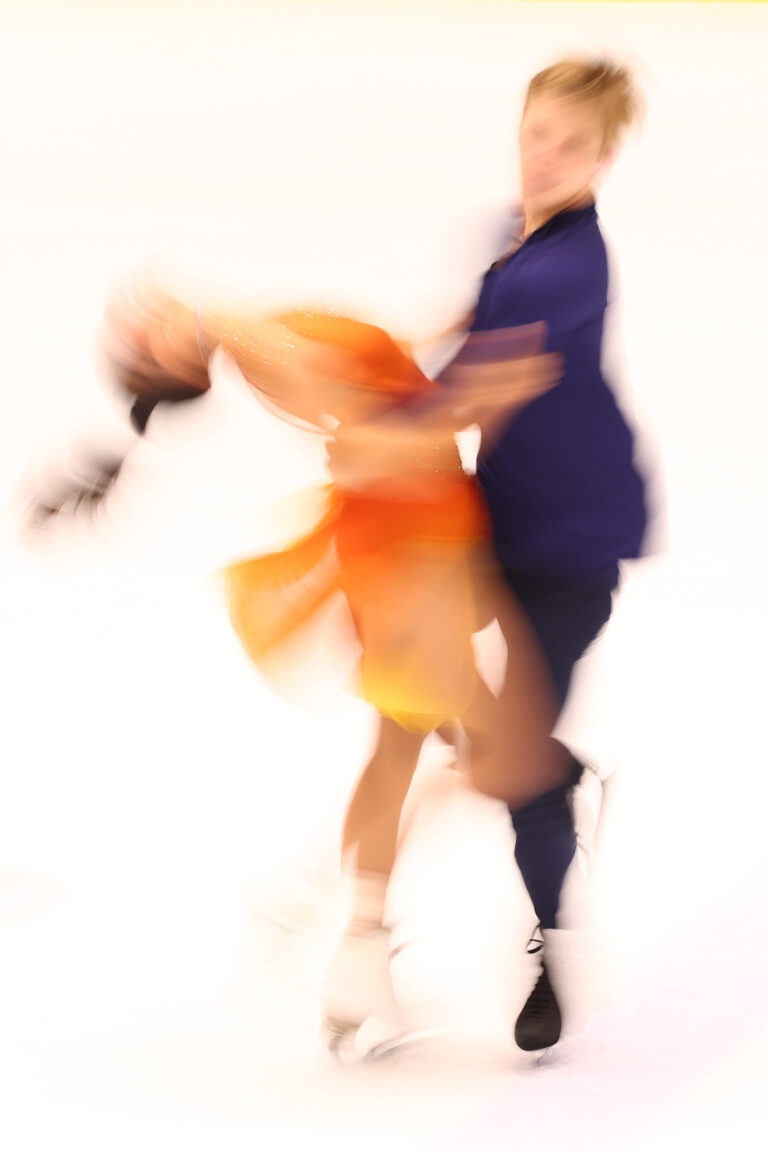About Figure Skating
History
The first World Junior Championships were held in March 1976 in Megéve France, and were originally named the “ISU Junior Figure Skating Championships”. In 1977 the championships were held again under the same name at the same place. In 1978 these championships were officially renamed the “World Junior Figure Skating Championships”, and held once again in Megève, France. Since then, the location has changed each year.
Junior Figure Skating Championships held in Hungary
Hungary has been hosted 3 Junior World Figure Skating Championships:
1991 Budapest
1995 Budapest
2016 Debrecen


Junior Figure Skating Championships medalists in Hungary
Figure Skating
Women
1994 Krisztina Czakó silver medal
1995 Krisztina Czakó bronz medal
Ice dance
1980 Judit Péterfy and Csaba Bálint silver medal
2003 Nóra Hoffmann and Attila Elek silver medal
2004 Nóra Hoffmann and Attila Elek silver medal
A few words about the ISU World Junior Figure Skating Championships®
The ISU World Junior Figure Skating Championships®, commonly referred to as “World Juniors” or “Junior Worlds”, are annual figure skating competitions sanctioned by the International Skating Union in which figure skaters within a designated age range compete for the titles of World Junior Champion.
This event is one of the four annual ISU figure skating championship events and the most prestigious international one for juniors. Medals are awarded in the disciplines of men’s singles, women’s singles, pair skating, and ice dance.
The ISU guidelines for junior eligibility have varied throughout the years – currently, In International Junior Competitions and ISU Junior Championships a Junior is a Skater who has met the following requirements before July 1 preceding the event: i) has reached at least the age of thirteen; ii) has not reached the age of nineteen for Women and Men in singles competition; and iii) has not reached the age of twenty-one for Women and the age of twenty-three for Men in Pair Skating. A maximum age gap of seven years is allowed between the two partners.
Qualifying
Skaters qualify for the World Junior Championships by belonging to an ISU member nation. Each country is allowed one entry in every discipline by default. The most entries a country can have in a single discipline is three. Countries earn a second or third entry for the following year’s competition by earning points through skater placement. The points are equal to the sum of the placements of the country’s skaters (top two if they have three). Entries do not carry over and so countries must continue to earn their second or third spot every year. If a country only has one skater/team, that skater/team must place in the top ten to earn a second entry and in the top two to earn three entries to next year’s championships. If a country has two skaters/teams, the combined placement of those teams must be 13 or less to qualify 3 entries, and 28 or less to keep their two entries. If they do not do so, they only have one entry for the following year.
Which skaters from each country attend the World Junior Championships is at the national governing body’s discretion. Some countries rely on the results of their national championships while others have more varied criteria. Selections vary by country.
What is figure skating?
Figure skating, as its name suggests, involves skating “figures” on ice. The sport requires competitors to skate selected patterns, or figures, as part of their routines. Ice skating has developed from a practical way to get around on ice into the elegant mix of art and sport it is today.
By whom, where and when was figure skating invented?
The Dutch were arguably the earliest pioneers of skating. They began using canals to maintain communication by skating from village to village as far back as the 13th century. Skating eventually spread across the channel to England, and soon the first clubs and artificial rinks began to form. Passionate skaters included several kings of England, Marie Antoinette, Napoleon III and German writer Johann Wolfgang von Goethe.
Two Americans are responsible for the major developments in the history of the sport. In 1850, Edward Bushnell of Philadelphia revolutionised skating when he introduced steel-bladed skates allowing complex manoeuvres and turns. Jackson Haines, a ballet master living in Vienna in the 1860s, added elements of ballet and dance to give the sport its grace.
What are the rules of figure skating?
Skaters must perform a set number of jumps, spins, step sequences and other elements in each routine in singles and pairs events and follow a set theme in ice dancing. Falls and other penalties are penalised with points deductions. The total score counts for the overall result.
How is figure skating scored?
There are two key parts to a figure skating score under the current ISU Judging System: technical elements (TES) and program components (PCS). In simple terms, TES measures the routine’s technicality (such as jump difficulty and how well-executed each element—jumps, spins, et cetera—is performed) and PCS measures the routine’s performance (such as music and choreography). The two parts combined determines the score for the segment (short program, rhythm dance, free skating, or free dance). A skater’s final overall score is made up of the two different segment scores.
What are the different jumps in figure skating?
Single, double, triple, and quadruple jumps have been performed in figure skating. The jumps are: Axel, Euler (only single jumps, also known as a half loop), flip, loop (also sometimes called a Rittberger), Lutz, Salchow, and toe loop.




